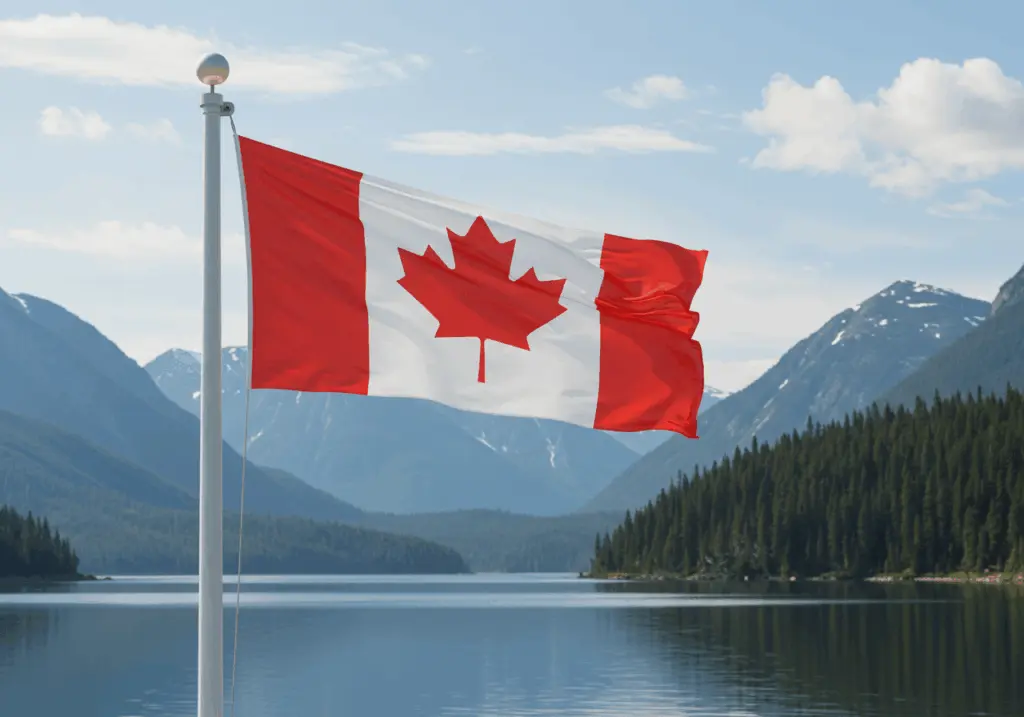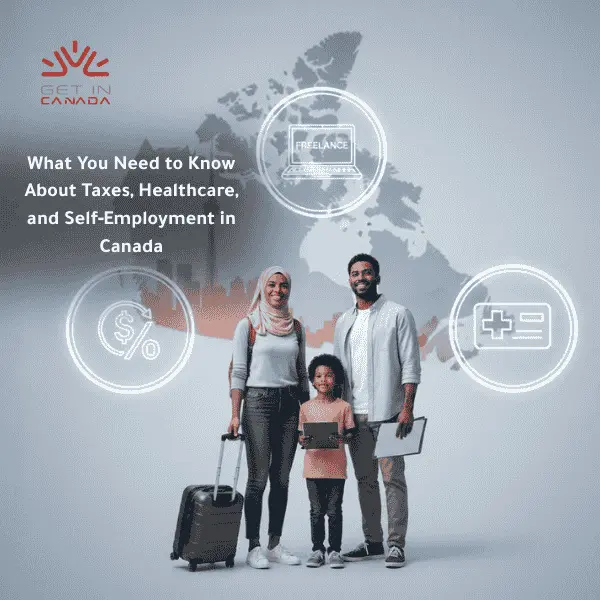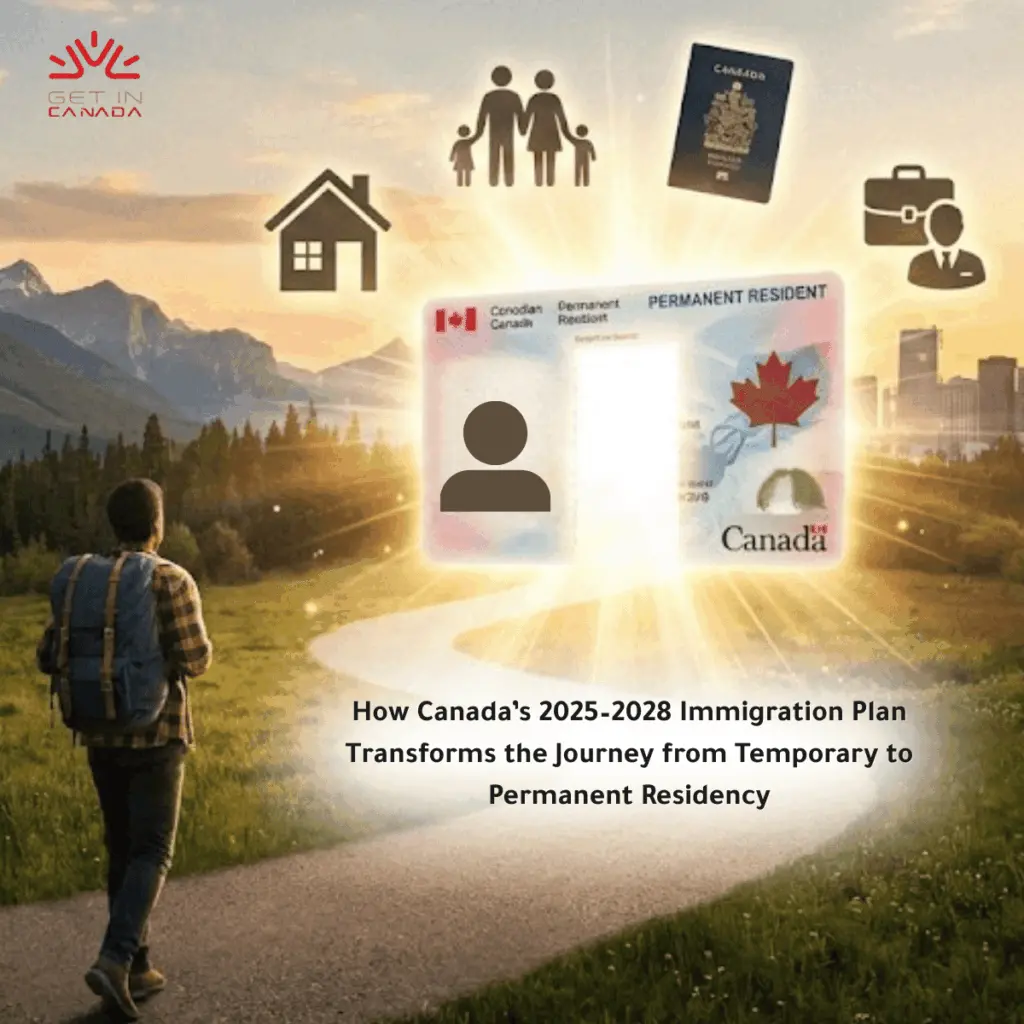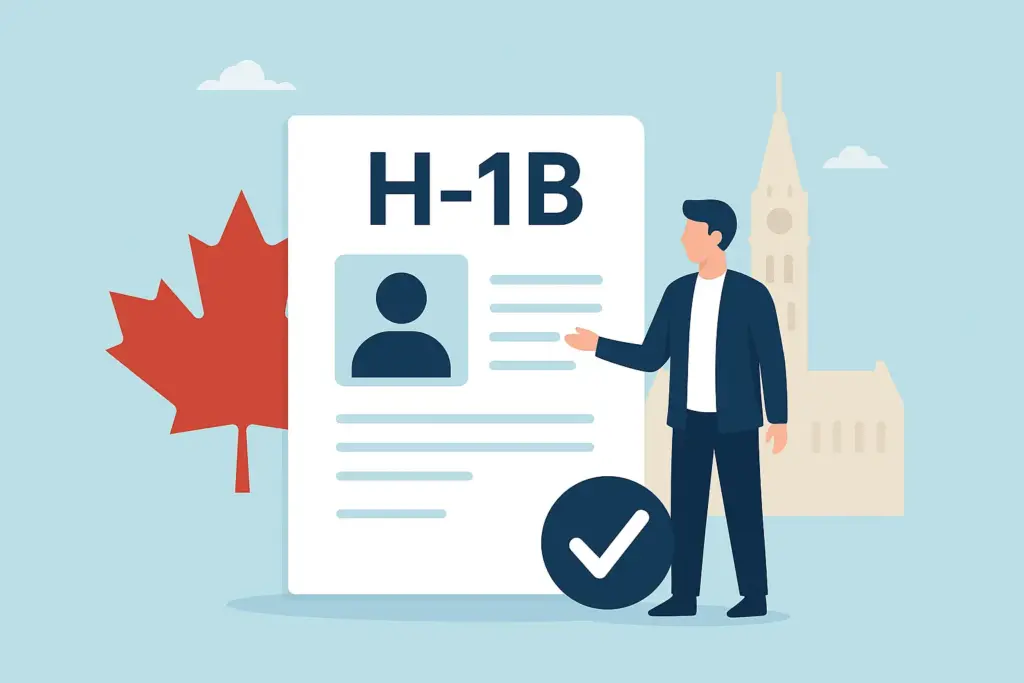How to Stay Safe While Traveling in Canada in 2025
Canada consistently ranks among the world’s safest travel destinations, but being informed and prepared ensures you can fully enjoy everything—from vibrant urban life to peaceful natural retreats. These comprehensive travel safety tips for Canada are designed to guide your journey with confidence.

Stay Safe Tips while Traveling in Canada
1. Know the Weather Conditions in Canada
Canada’s climate varies widely—from snowy winters in the Prairies and Rockies to hot, humid summers in central Canada. Sudden weather shifts can affect travel plans, health, and overall safety. Proper clothing and preparation are critical.
- Check daily forecasts and weather alerts through Environment Canada or our detailed guide Adapting for Canada’s Diverse Weather Conditions
- Dress in layers: thermal base, insulating mid-layer, and a waterproof/windproof outer layer.
- Choose the right footwear: insulated boots for winter, breathable shoes for summer excursions.
- Pack a seasonal emergency kit: snacks, flashlight, first-aid supplies, and phone charger.
- For winter driving, rent vehicles with snow tires and bring essentials like a shovel and ice scraper.
Find out if you are eligible to get in Canada →
2. Stay Aware in Urban Areas
Cities like Toronto, Vancouver, and Montreal are vibrant and mostly safe. However, busy tourist areas and transit hubs can attract pickpockets and scams. Being alert and respecting local norms improves your experience.
- Use anti-theft bags and keep valuables unobtrusive.
- Avoid dimly lit or deserted areas at night; opt for licensed taxis or official ride-share options.
- Learn and use city transit apps rather than unregulated rides .
- Follow tipping customs (15–20%), punctuality, and local drinking/smoking rules.
- Save emergency numbers (e.g., 911) in your phone or on a card.
3. Be Prepared for Nature and Wildlife in Canada
Canada’s wilderness offers unforgettable experiences but demands respect and preparation. Wildlife encounters, rugged terrain, and changing weather require vigilance and planning.
- Research local wildlife—from bears in national parks to moose along highways—using Exploring the Natural Wonders of Canada.
- Keep a safe distance, never feed animals, and use approved food storage methods.
- Carry and know how to use bear spray where recommended.
- Stick to marked trails, share your itinerary, and travel with someone if possible.
- Pack essentials: water, navigation tools, warm clothing, a first-aid kit, and a portable charger.
4. Follow Local Canada Laws and Regulations
Understanding regional regulations—from identification requirements to wildlife protection—ensures you avoid penalties and travel smoothly.
- Always carry valid identification such as a passport or driver’s license.
- Alcohol and cannabis regulations vary between provinces—check local rules before consumption.
- Use drones, fish, and camp in designated areas and obtain permits when required.
- Respect Indigenous lands by following signage and local protocols.
5. Travel with Insurance
No matter how well you plan, emergencies can occur. A comprehensive travel insurance policy safeguards you from medical costs, cancellations, and theft.
- Choose coverage that includes emergency medical care and evacuation.
- Confirm your policy covers outdoor activities like hiking, skiing, or canoeing.
- Add protections against trip cancellation, baggage loss, and delays.
- Keep both digital and printed copies, along with emergency contacts.
6. Use Reliable Transportation
Whether you’re driving, flying, or riding public transit, understanding local systems and planning ahead will help you avoid stress and stay secure.
- In urban centres, use official transit apps; avoid unlicensed ride-share services.
- If driving, remember that Canada drives on the right, and observe speed limits in km/h .
- During winter, fit your vehicle with winter tires and thoroughly remove snow and ice before driving.
- For intercity travel, consider VIA Rail or Greyhound and look into city transit passes .
FAQ: Travel Safety Tips for Canada
Q: Is Canada safe for solo travelers?
Yes—Canada is regularly ranked among the world’s safest destination. Solo travelers should stay connected, avoid dark or isolated areas, and share their plans with friends or family.
Q1: What should I do if I encounter wildlife?
Remain calm and back away slowly—never turn your back or run. In bear territory, make regular noise to alert animals to your presence and carry bear spray .
Q2: What if I fall sick while traveling in remote areas?
Remote areas may lack immediate medical services. Pack a first-aid kit, identify nearby clinics or ranger stations ahead of time, and consider a satellite communication device for emergencies.
Q3: Should I get a local SIM or eSIM?
Definitely—having mobile data ensures access to maps, ride-shares, weather updates, and emergency services. Prepaid plans are affordable and activate quickly.
Related Get In Canada Articles
- For weather awareness: Adapting for Canada’s Diverse Weather Conditions
- Discover Canada’s natural attractions: Exploring the Natural Wonders of Canada
- Plan your park visits in Canada : Best National Parks to Visit in Canada 2025
- Find offbeat destinations: Discovering Hidden Gems in Canada 2025
- City safety insights: Best Cities to Visit in Canada 2025
Book Your Consultation Session →
Conclusion
Traveling across Canada—cityscapes, forests, mountains, coastlines—offers unmatched beauty and experiences. By following these refined travel safety tips for Canada, you’re well-equipped to explore confidently and responsibly. Planning your route, checking the weather, understanding local laws, preparing for wildlife, and ensuring reliable transport and insurance are all key to an unforgettable, safe adventure.











